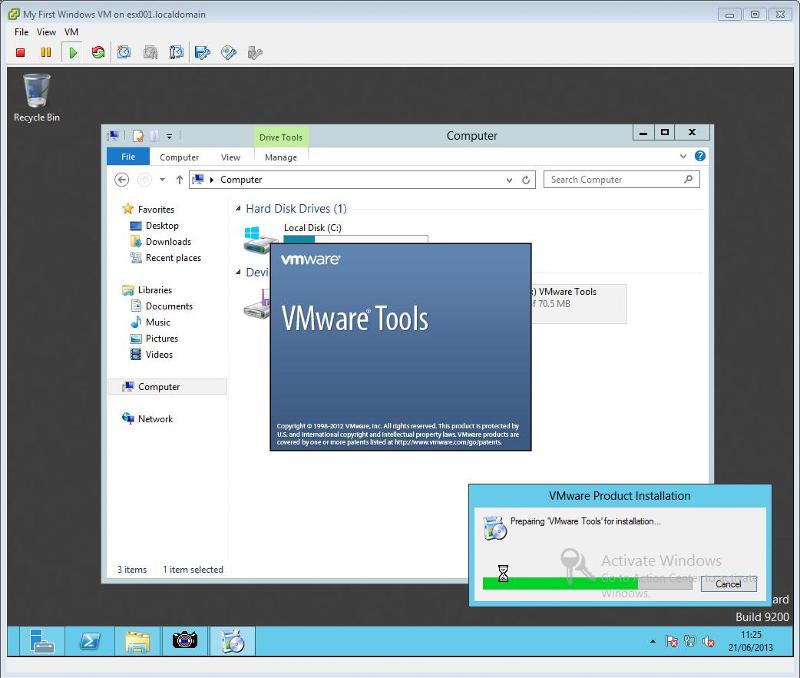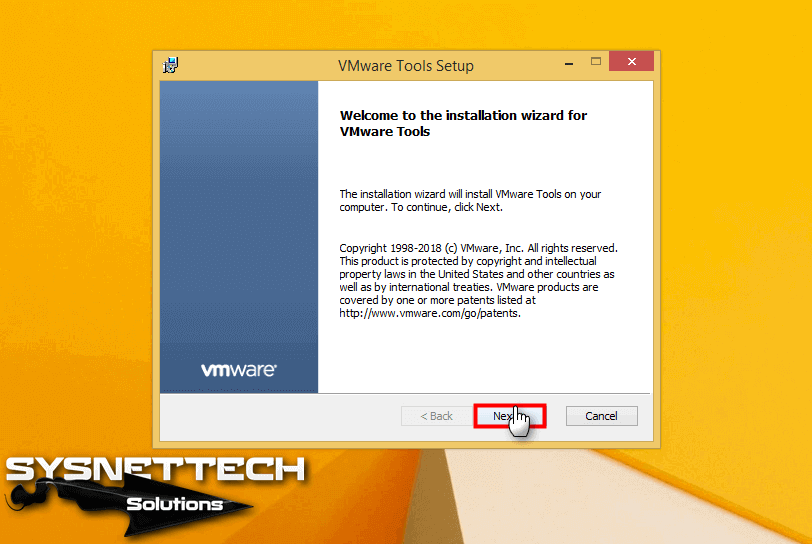


It is not too unrealistic to make the statement that none of today's popular operating systems have been written specifically to run within a VMware Server virtual machine. One of the most important, yet least visible, functions of the VMware Tools Service is to send regular heartbeat messages to VMware Server so that it can detect (via the lack of heartbeats) when a particular virtual machine, or its respective guest operating system, has failed.Īnother responsibility of VMware Tools Service involves the handling of communication between the guest and host operating systems. This process is named VMwareService.exe on Windows and vmware-guestd on Linux and UNIX based operating systems.

The VMware Tools Service is a process which runs in the background of the guest operating system performing a multitude of different functions.

Installation of VMware Tools avoids these and other driver compatibility problems. These device drivers are so important, in fact, that without VMware Tools installed, the guest operating system may be unable to establish a network connection (currently the case with Windows Server 2008) because it lacks a built-in driver for the AMD network adapter, or drive the VMware Remote Console at anything above a rudimentary screen resolution. In order to ensure optimal performance of the guest in relation to these virtual devices, VMware Tools includes device drivers for each device category. For example, whilst the host computer may have an Intel Gigabit Ethernet Adapter installed, the virtual network adapters presented to a 32-bit guest operating system appear as AMD PCnet‐PCI II devices. VMware Server presents the physical host hardware to the guest operating system as virtual devices. The VMware Tools package comprises four categories of utilities, each of which serves one or more specific purposes: 3 Installing VMware Tools on a Linux Guest.2 Installing VMware Tools on a Windows Guest.


 0 kommentar(er)
0 kommentar(er)
